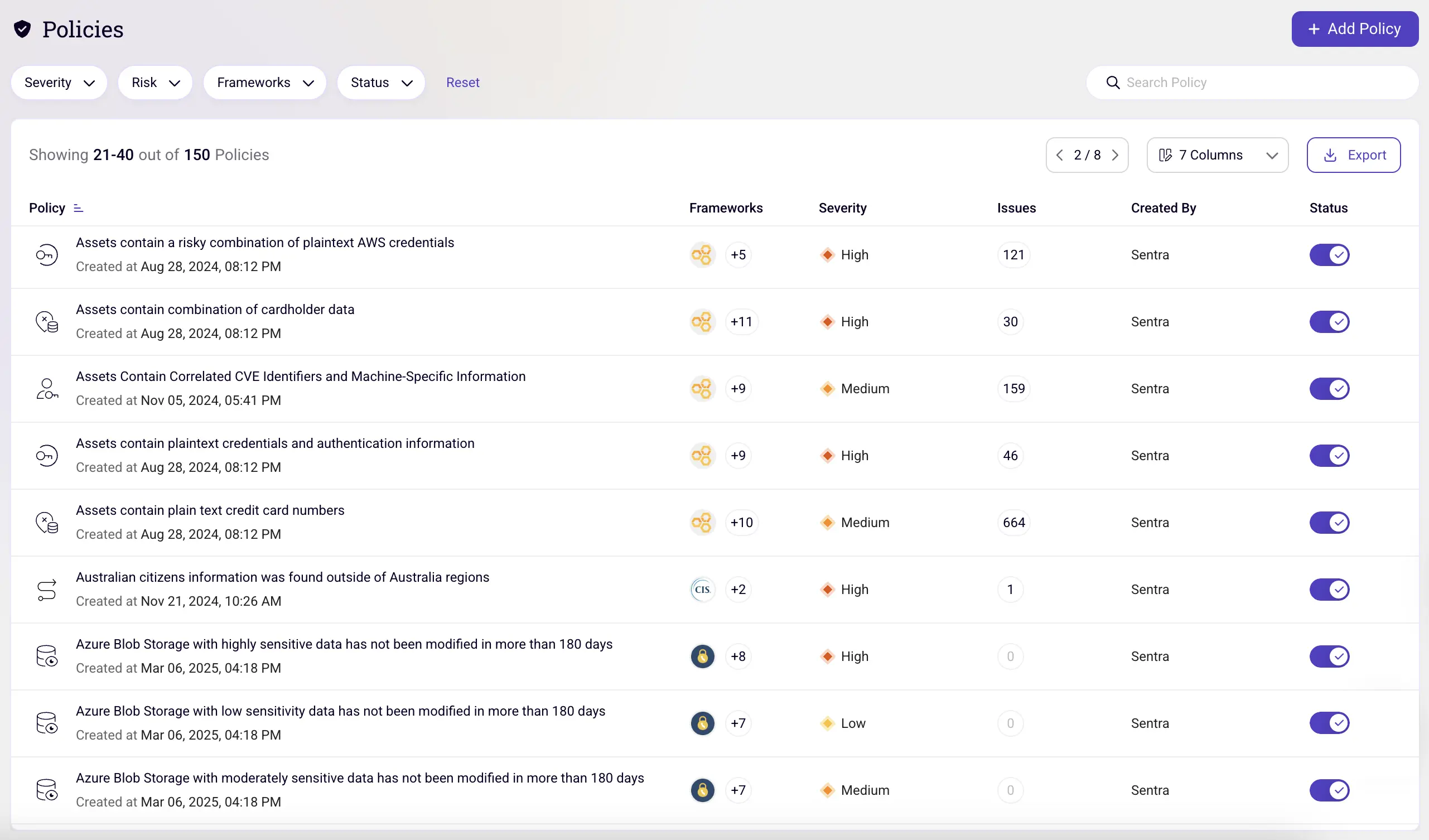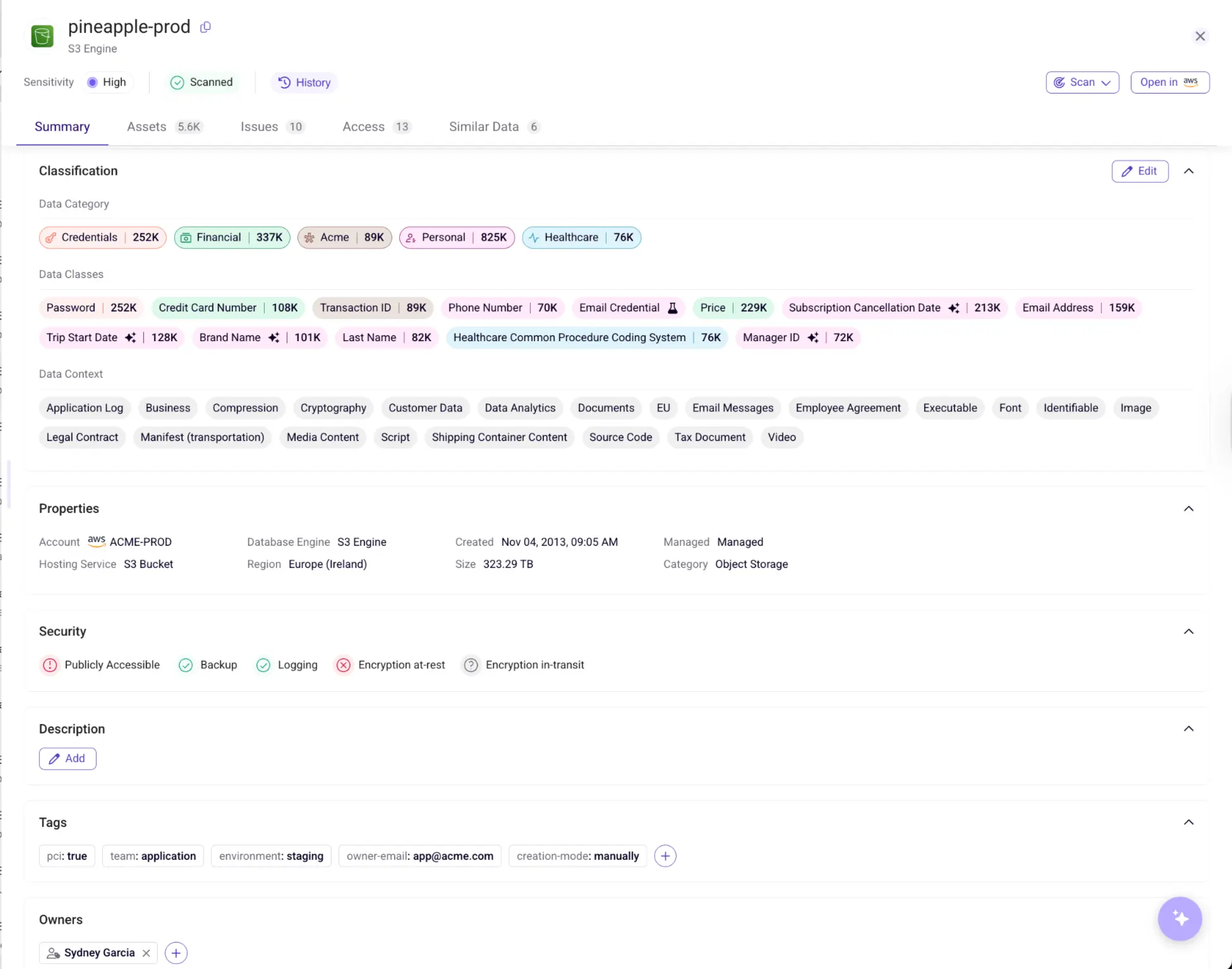What is Private Cloud Security? Common Threats, Pros and Cons
What is Private Cloud Security?
Private cloud security is a multifaceted and essential component of modern information technology. It refers to the comprehensive set of practices, technologies, and policies that organizations employ to protect the integrity, confidentiality, and availability of data, applications, and infrastructure within a dedicated cloud computing environment.
A private cloud is distinct from public and hybrid cloud models, as it operates in isolation, serving the exclusive needs of a single organization. Within this confined space, private cloud security takes center stage, ensuring that sensitive data, proprietary software, and critical workloads remain safeguarded from potential threats and vulnerabilities.
When Should You Implement Security in a Private Cloud?
Private clouds are particularly suitable for organizations that require a high degree of control, data privacy, and customization. Here are scenarios in which opting for private cloud security is a wise choice:
- Sensitive Data Handling: If your business deals with sensitive customer information, financial data, or intellectual property, the enhanced privacy of a private cloud can be essential.
- Regulatory Compliance: Industries subject to strict regulatory requirements, such as healthcare or finance, often choose private clouds to ensure compliance with data protection laws.
- Customization Needs: Private clouds offer extensive customization options, allowing you to tailor the infrastructure to your specific business needs.
- Security Concerns: If you have significant security concerns or need to meet stringent security standards, a private cloud environment can give you the control necessary to achieve your security goals.
Pros and Cons of Private Cloud Security
Private cloud security offers several advantages that make it an attractive option for many businesses. However, it also has its drawbacks. Let’s explore both the pros and cons of private cloud security:
Most Common Threats to Private Clouds
Despite the heightened security of private clouds, they are not immune to risks. Understanding these threats is crucial to devising an effective security strategy:
Security Concerns
Private clouds face a variety of security threats, including data breaches, insider threats, and cyberattacks. These threats can compromise sensitive information and disrupt business operations.
Performance Issues
Poorly configured private cloud environments can suffer from performance issues. Inadequate resource allocation or network bottlenecks can lead to slow response times and decreased productivity.
Inadequate Capacity
Private clouds are limited by their physical infrastructure. If your organization experiences rapid growth, you may encounter capacity limitations, necessitating expensive upgrades or investments in additional hardware.
Non-Compliance
Failure to meet regulatory compliance standards can result in severe consequences, including legal actions and fines. It is essential to ensure your private cloud adheres to relevant industry regulations.
How to Secure Your Private Cloud?
Protecting your private cloud environment requires a multifaceted approach. Here are essential steps to enhance your private cloud security:
- Data Security Posture Management: Implement a data security posture management (DSPM) solution to continuously assess, monitor, and improve your data security measures. DSPM tools provide real-time visibility into your data security and compliance posture, helping you identify and rectify potential issues proactively. DSPM protects your data, no matter where it was moved in the cloud.
- Access Control: Implement strict access control policies and use strong authentication methods to ensure that only authorized personnel can access your private cloud resources.
- Data Encryption: Encrypt sensitive data at rest and in transit to prevent unauthorized access. Employ strong encryption protocols to safeguard your information.
- Regular Updates: Keep your software, operating systems, and security solutions up to date. Patches and updates often contain crucial security enhancements.
- Network Security: Implement robust network security measures, such as firewalls, intrusion detection systems, and monitoring tools, to detect and mitigate threats.
- Backup and Recovery: Regularly back up your data and test your disaster recovery plans. In the event of a data loss incident, a reliable backup can be a lifesaver.
- Employee Training: Train your employees in security best practices and educate them about the risks of social engineering attacks, phishing, and other common threats.
- Security Audits: Conduct regular security audits and penetration testing to identify vulnerabilities and areas that need improvement.
- Incident Response Plan: Develop a comprehensive incident response plan to address security breaches promptly and minimize their impact.

Public Cloud Security vs. Private Cloud Security
To make an informed decision on the right cloud solution, it's crucial to understand the differences between public and private cloud security:
Ensuring Business Continuity in Private Cloud Security
In the realm of private cloud security, business continuity is a paramount concern. Maintaining uninterrupted access to data and applications is vital to the success of any organization. Here are some strategies to ensure business continuity within your private cloud environment:
Redundancy and Failover
Implement redundancy in your private cloud infrastructure to ensure that if one component fails, another can seamlessly take over. This redundancy can include redundant power supplies, network connections, and data storage. Additionally, set up failover mechanisms that automatically switch to backup systems in the event of a failure.
Disaster Recovery Planning
Develop a comprehensive disaster recovery plan that outlines procedures to follow in the event of data loss or system failure. Test your disaster recovery plan regularly to ensure that it works effectively and can minimize downtime.
Monitoring and Alerts
Utilize advanced monitoring tools and establish alert systems to promptly detect and respond to any irregularities in your private cloud environment. Early detection of issues can help prevent potential disruptions and maintain business continuity.
Data Backup and Archiving
Regularly back up your data and consider archiving older data to free up storage space. Ensure that backups are stored in secure offsite locations to protect against physical disasters, such as fire or natural disasters.

The Future of Private Cloud Security
As technology evolves, private cloud security will continue to adapt to emerging threats and challenges. The future of private cloud security will likely involve more advanced encryption techniques, enhanced automation for threat detection and response, and improved scalability to accommodate the growing demands of businesses.
In conclusion, private cloud security is a powerful solution for organizations seeking a high level of control and security over their data and applications. By understanding its advantages, disadvantages, and the common threats it faces, you can implement a robust security strategy and ensure the resilience of your business in an increasingly digital world.
Conclusion
Private cloud security plays a critical role in safeguarding sensitive data and ensuring the continued success of your organization. While it offers a high degree of control and customization, it is essential to understand the associated advantages and disadvantages. By addressing common threats, following best practices, and staying informed about the evolving threat landscape, you can effectively navigate the realm of private cloud security and reap the benefits of this robust and secure cloud solution.
If you want to learn more about Sentra's Data Security Platform, and how private cloud security helps protect sensitive data and drive your organization’s success, visit Sentra's demo page.
<blogcta-big>










.webp)

.webp)




